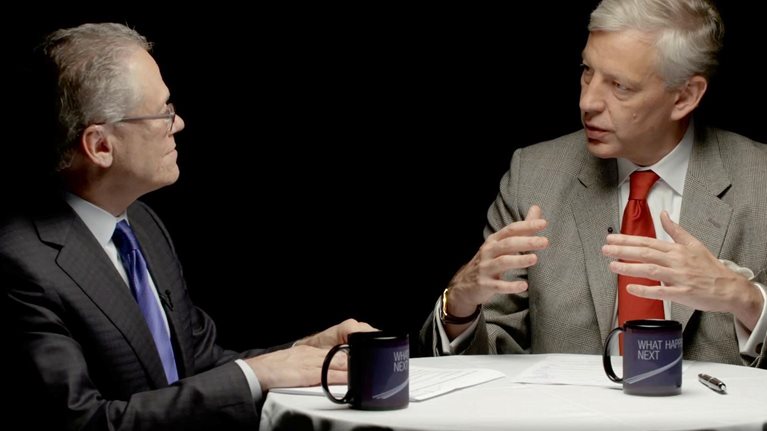It’s well known that the boards of the best private-equity (PE) firms create value by using financial leverage to increase their returns on equity, by improving the strategy and operations of their target companies, and by exiting at higher multiples. Proponents of PE further argue that management incentives, strong board governance, and a concentrated shareholder base are critical for long-term success.
Struck by recent difficulties in sectors such as oil and gas (not to mention mining) in the wake of collapsing commodity prices, we decided to find out whether more disciplined PE practices can make a difference during troubled economic times. To that end, we compared the performance of 659 PE-backed and publicly owned enterprises across different sectors over the last nine years. Our finding: PE-backed companies outperformed their public peers when recovering from business distress, even taking into account a higher risk of bankruptcy.

Would you like to learn more about our Strategy & Corporate Finance Practice?
Exhibit 1 shows that PE-backed companies with more than $250 million in revenue at the time they got into trouble recovered their EBITDA margins significantly faster than their public counterparts did for the turnaround’s duration—typically, up to 18 months. On average, they succeeded in recovering their pre-distress margins during that period, regardless of their size.1

PE ownership does provide some natural advantages over public ownership. Our recent experience working with both types of companies during episodes of economic pressure indicates that the key differences are the active role PE boards play in setting the ground rules and their willingness to hold management teams accountable for driving a turnaround. We have found, for example, that the most successful PE-backed company boards quickly and significantly change the rules of engagement, clearly communicate specific performance targets, set an explicit timetable for action, and decide whether the CEO and management team have the mind-set and capabilities required to execute the plans (Exhibit 2). These successful PE boards, we have found, are also very effective in shifting their behavior from normal-working mode to crisis mode as planning moves into execution.

Not all company boards must follow these prescriptions. Some may lack the time to do so; others have incentives different from those of PE directors. Nonetheless, we believe that the boards and leadership teams of public companies can learn from the energy, urgency, and hands-on involvement of rapid owner-assisted transformations. PE governance provides clear advantages during tough times, as well as the less tangible benefits of active board leadership and direct owner accountability. These can truly change the game.


